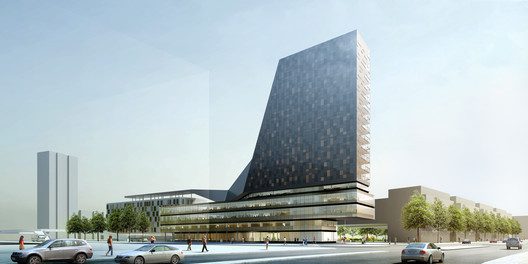

Humans still have to oversee operations or perhaps clean and maintain the machines, but the idea behind Nommi is basically to make a vending machine that serves hot, fresh meals. The idea behind Nommi is to make the kitchen fully autonomous. Nommi represents an arguably more ambitious vision of the future of fast food. Still, the robot earned its keep, and White Castle is looking to add more Flippy units to its stores in 2022.īobacino robots are set for the food automation age. White Castle, Brewer says, was an especially challenging partnership for the company due to the large number of fried items on the menu, the high volume of the restaurant, and the brand’s complex limited time offer schemes. The bot basically operates the deep fryer and the grill in the back of house, which is one of the most demanding jobs with the highest turnover rate in the industry, lasting on average, less than one year and often less than 6 months. Miso recently started a pilot with White Castle in 2020 for their robotic fry cook.
#Complex culture wavemaker how to
The third piece of technology is an AI-powered camera training platform that helps new hires understand how to assemble orders and run the back of house. The robots, known as Flippy and Sippy, effectively replace workers at these stations and-according to Miso-offer improved efficiency. The first two are robots that can run different stations, specifically the deep fryers and the drink stations. The plan, according to Brewer, is to have hundreds of robots operational by the end of next year, and thousands by the end of 2023.Ĭurrently, Miso offers three different solutions for the quick service restaurant industry, all of which are designed to help with back of house operations. Miso has 15 robots deployed in restaurants across America and has inked pilot deals with 12 restaurant brands including Buffalo Wild Wings, CaliBurger, and Compass Levy. Miso Robotics has been operating since 2016, but the company has only recently begun testing their tech in the wild.

If two people live together long enough they either become friends or they kill each other. “The food creativity in LA is unlike anywhere else and the tech creativity is unlike anywhere else. “It’s where food and tech meet,” said Brewer. These business opportunities, in combination with a strong pipeline of talent from schools like Cal Tech, have allowed Wavemaker Labs to form partnerships and pilot programs. You have these big brands that are centered there.” “You have Panda, you have Chipotle, you have Taco Bell, Del Taco. “California, especially Southern California, is a restaurant hub,” said Jake Brewer, Miso’s Chief Strategy Officer. Los Angeles is an auspicious proving ground for these technologies. It was also one of the early backers of Miso Robotics, a company that’s making robots that can run a fry station or a drink station in a fast-food restaurant It recently announced an ambitious robotics project with Nommi, which is working to create what’s basically a fully autonomous vending machine that dishes out Michelin-star-quality grain bowls. The company has focused on automating fast food and restaurant kitchens. Wavemaker Labs is a Santa Monica-based incubator focused on automating the entire food industry supply chain “from seed to fork,” said Wavemaker founder and CEO Buck Jordan. Indeed, the industry appears to be on the cusp of a transition towards automation, and Los Angeles is situated at the center of the coming storm. Labor Secretary Martin Walsh to admit he saw “room for improvement” in the industry.īut there’s no simple solution: A rising federal minimum wage, the option of the gig economy, a pandemic, and new attitudes about work and employment, have made it nearly impossible for restaurants to retain employees.īut for fast food restaurants, there appears to be a solution-albeit a controversial one-to bypass the worker shortage: remove workers from the equation altogether. The November 2021 jobs report found that employment in the leisure and hospitality sector was down by 1.3 million, or 7.9%, since February 2020-bad enough to prompt U.S. Like so many other sectors, the restaurant industry continues to face a severe labor shortage.


 0 kommentar(er)
0 kommentar(er)
